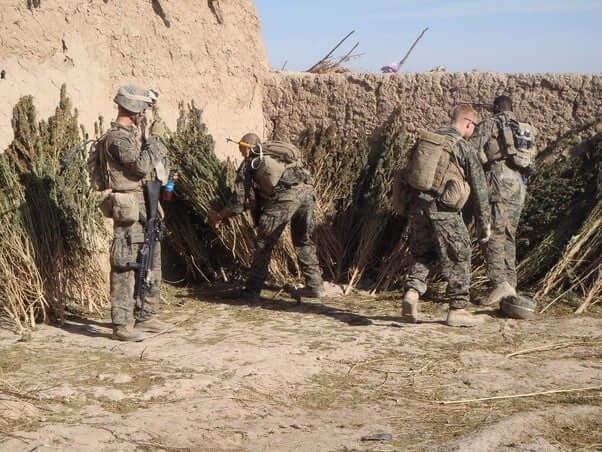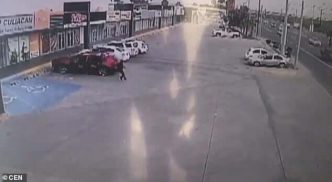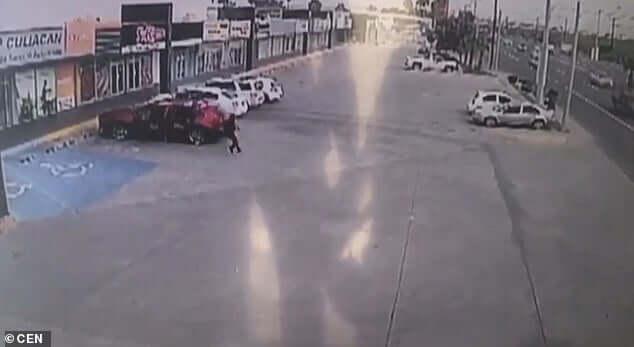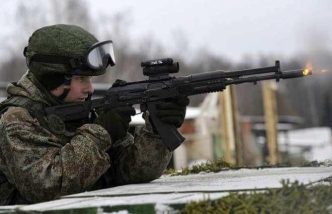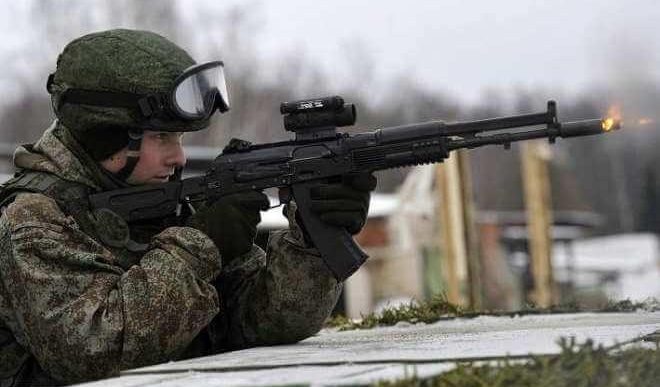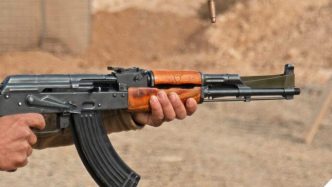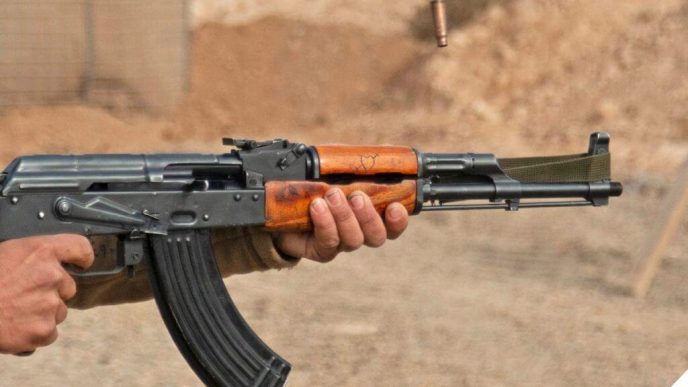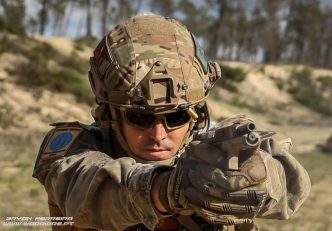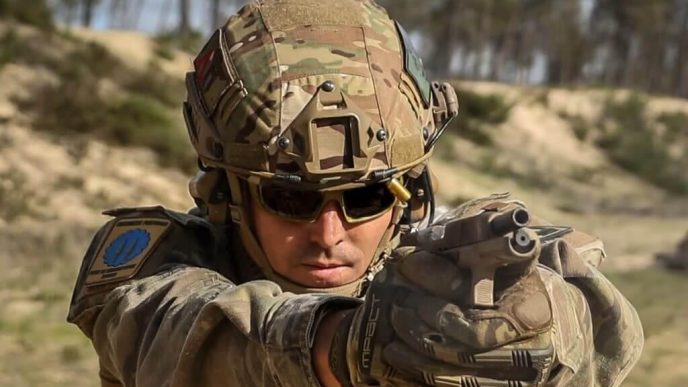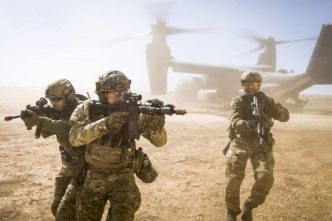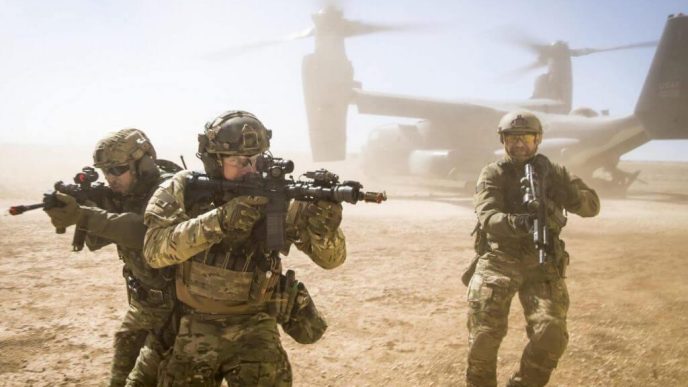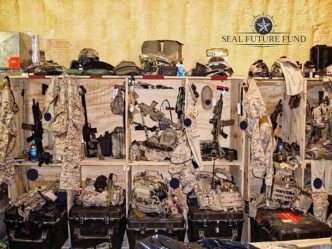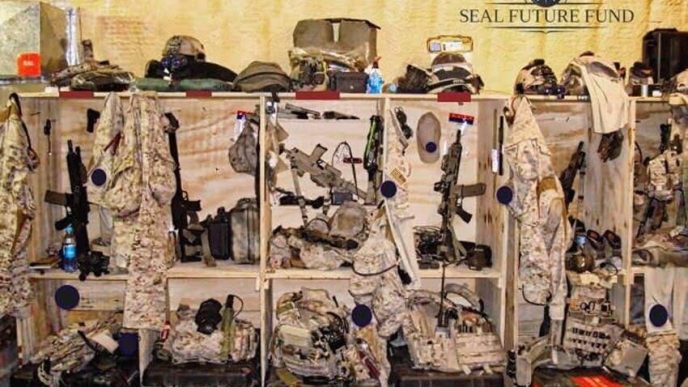There’s the combat scythe that has seen widespread use in Afghanistan. I don’t know who came up with the idea, but it was so successful that the private sector started producing a telescoping version for us. They’re straightforward to make; all you need is a bamboo stalk, a scythe, and some tape. The scythe doesn’t necessarily need to be a scythe; it just needs to be hook-shaped.
Introduction
Marines made the combat scythe to cut down the risk of injury or death when investigating possible IEDs. If they came across an ant trail or disturbed earth, they would call up the scythe and probe the suspected area. (An ant trail isn’t a literal ant trail, it’s disturbed soil covering a wire or pulls cords.) The scythes are typically anywhere from 8–12ft. long so it allows you to check an area from cover or keep you out of immediate danger. (Depends on the size of the bomb, of course.)

The Marine using the scythe will drop the head on the far side of the area in question and slowly drag it until they hit a pressure plate or tug a wire/cord. It’s that simple. The probing Marine will then mark the area. Markings come in a few different forms, and some are more effective than others.
Training
When we were first training how to use the scythe, instructors told us to use bottle caps, but that’s not practical in the field. The caps are too small, and there is trash everywhere in Afghanistan. When EOD (Explosive Ordnance Disposal) shows up (hours later but appreciated), they need to be able to quickly identify the area you’ve marked. Some guys I know used white shaving cream. I preferred hot pink silly string. Both are light, so there is no risk of setting off the device inadvertently. The scythe can also be used to check doorways, ditches, or Afghan compounds’ walls. (They learned Marines and soldiers would stack up before entering a building, so they put bombs inside the walls.)
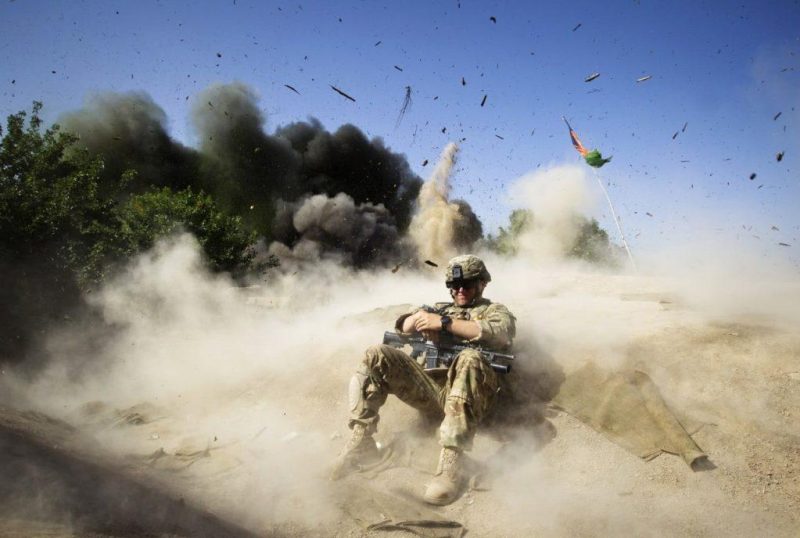
The scythe comes in handy in other ways too. If one of your buddies slips into a canal, you can reach out with the bamboo, and he can grab on. They’re great on night patrols when you’re trying to see how deep a hole or canal is. I’ve used them to pole vault over a few wider canals. If you’re lazy or don’t want to leave the shade, you can deposit your trash and wag bags in the burn pit using the scythe, as long as you’re close enough. I was (un)lucky enough for one of my posts to be almost directly over our platoon’s pit.
Downsides
There are a few downsides, but they’ve mostly been solved since the manufactured ones have come into service. When we first started using them, the poles were almost always between 8–12ft. So the Taliban would begin to back lay their IEDs. They’d offset the pressure plate or other means of detonation by that same distance and injure or kill the operator. All they had to do was watch us figure out how long the poles were. This issue has not been eliminated, but it’s better than before.
Since they were not collapsable, you had to either leave them outside or carry them inside, which severely hampers the user’s maneuverability and anyone in the room. Moving them at night made it quite difficult to be quiet. You’d be hitting bushes or branches all the time. I also hated that I didn’t have full use of both my hands, but if something happens and you have to ditch the scythe, it’s not like you can’t make more or go back and get it. They were almost entirely free, cost-wise, so it wasn’t breaking the bank.

The second Marine from the left was a Reservist Combat Engineer attached to our platoon; you can see one of the telescoping scythes sticking out over his left shoulder. It could collapse to about 1 1/2 feet and extend out 14–16ft. I greatly appreciated his presence because that meant I no longer had to carry the bamboo scythe.
Conclusion
A combat scythe is a good tool; it saves lives. I’ll admit it looks stupid as hell the first time you see it, I laughed it off myself, but it works. It’s a simple, cheap, easy-to-make instrument. Anyone can whip one of these up in less than two minutes. We took what was available to us in that environment and turned it against our most deadly threat. What’s more, the government listened to us and started buying better versions to issue. Not the most “creative” technology or tool, but the combat scythe proves that Keep It Simple and Stupid is a rule we should all follow.
Author: Thomas Lewandowski, former Sgt. at U.S. Marine Corps
